SidaTim Conference: the possibility of using Sida hermaphrodita in the agro-forest system
Strengthening of organic farming in Europe, cultivation of biomass for bioenergy production, possibilities of cultivating perennial crops on poor soils and soils contaminated with heavy metals, innovative approaches to agricultural management - these are the key topics addressed during the international scientific conference: Novel and Sustainable Pathways of Biomass Production, which was held on 19-20 September 2018 in Szczecin-Kobylanka.
The conference was organised as part of the research project SidaTim - Novel Pathways of Biomass Production: Assessing the Potential of Sida Hermaphrodita and Valuable Timber Trees, carried out by scientists from Austria, Germany, Poland, Italy and Great Britain.
SidaTim Project Coordinator – Dr. Michael Nahm from the University of Albrecht and Ludwik in Freiburg pointed out that the conducted research referred to the agglomeration concept (agro-forestry system) and would enable the assessment of the economic and ecological potential of cultivation of Sida hermaphrodita in combination with valuable species of trees. Agro-forestry practices can have a positive impact on the environment and crop yields. Windbreak planting favourably affects the microclimate, reducing water evaporation and soil contamination.
During the conference the results of research on many aspects of cultivation and application of Virginia mallow were presented, from the production of seeds and seedlings, through cultivation and agrotechnology, to ensuring the appropriate quality of biomass in terms of its processing into energy. The research also took into account the problems resulting from the changing climatic conditions and integration with the cultivation of perennial woody plants.
IETU’s employees - Dr. Marta Pogrzeba and Dr. Jacek Krzyżak presented the possibilities of using Sida hermaphrodita and Miscanthus for cultivation on marginal soils, among others on soils of poor quality and contaminated with heavy metals, based on research carried out as part of the MISCOMAR project and Phyto2Energy project. The subject of phytoremediation and the presented research results met with great interest of the conference participants. See abstracts of papers.
Virginia mallow (Sida hermaphrodita) - plant from the mallow family, native to North America. In Poland it is mainly cultivated as an energy plant. Its biomass is suitable for direct combustion in boilers, heat and electricity production in the gasification process, as well as for conversion to biomethanol or engine fuel. Sida hermaphrodita is also planted in roadside areas to protect crops against traffic pollution. As a reclamation plant, it supports the renewal of chemically degraded areas and is suitable for the secondary use of fallow land.
As a melliferous plant, it is eagerly planted by beekeepers in the area of apiaries. Due to the high protein content it is suitable for feed for farm animals. It is also eagerly eaten by forest animals. Virginia mallow can also be a raw material, among others, for the production of fibre, rope materials, dressing materials, particle boards or insulating materials and as a substitute for peat.
All studies presented in Szczecin address current problems that occur on the biomass market in Poland and in other European Union countries. In Szczecin, we had the opportunity to discuss them with scientists from leading European research centres. I am very pleased that the results of our research concerning the possibility of growing new Miscanthus genotypes on soils contaminated with lead, cadmium and zinc, carried out under the MISCOMAR project met with such great interest - says Dr. Marta Pogrzeba.
The real asset of this conference was also the opportunity to exchange experiences with planters of energy plants from Poland and Germany and agricultural advisory specialists. The conference participants took part in a trip to the experimental plots of energy plants run by the West Pomeranian University of Technology in Lipnik near Stargard Szczeciński.
We have been shown model experimental plantations of e.g., Sida hermaphrodita, Silphium perfoliatum L., Miscanthus giganteous, Spartina pectinata, Phalaris arundinacea L., Agropyron elongatum and Salix L. Research carried out there focuses mainly on doses of fertilisation, dates of sowing and sowing density. Energy plants are valuable because they tolerate weak and less fertile soils that have been set aside so far, and even soils contaminated with heavy metals. Therefore, in their cultivation, the selection of technologies is of particular importance in order to ensure the appropriate quantity and quality of biomass for the production of heat and electricity - adds Dr. Jacek Krzyżak.
We congratulate the conference organisers from the West Pomeranian University of Technology, headed by Dr. Marek Bury from the Department of Agronomy and the implementers of the SidaTim project on the well-prepared conference at a very high scientific level.
Participation in this conference allowed us to establish new scientific contacts, which - I hope - will soon result in a joint research project - says Dr. M. Pogrzeba.
-
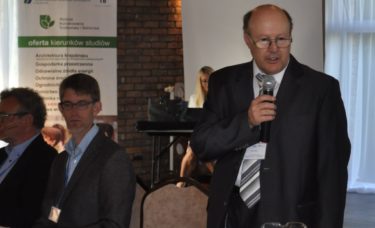
- Conference „Novel and sustainable pathways of biomass production”, Szczecin-Kobylanka Poland 19-20.09.2018 – Marek Bury, ZUT
-
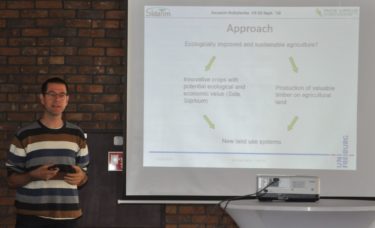
- Conference „Novel and sustainable pathways of biomass production”, Szczecin-Kobylanka Poland 19-20.09.2018 – Michael Nahm, Albert-Ludwigs-Universitat Freiburg, Germany
-
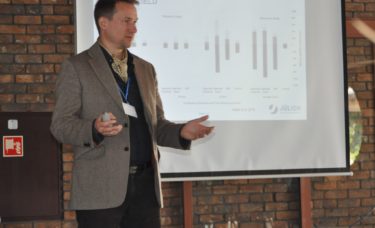
- Conference „Novel and sustainable pathways of biomass production”, Szczecin-Kobylanka Poland 19-20.09.2018 – Nicolai David Jablonowski, Forschungs – Zentrum Jülich, Germany
-
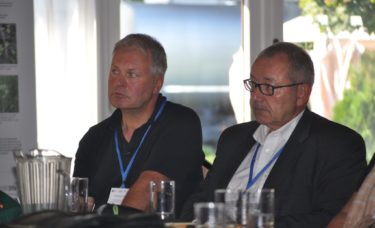
- Conference „Novel and sustainable pathways of biomass production”, Szczecin-Kobylanka Poland 19-20.09.2018 – Dirk Helling-Junghans, Reent Martens
-

- Conference „Novel and sustainable pathways of biomass production”, Szczecin-Kobylanka Poland 19-20.09.2018 – Reent Martens
-

- Conference „Novel and sustainable pathways of biomass production”, Szczecin-Kobylanka Poland 19-20.09.2018 – Hanna Siwek, ZUT
-
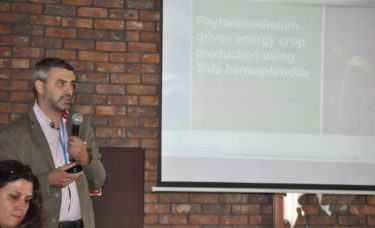
- Conference „Novel and sustainable pathways of biomass production”, Szczecin-Kobylanka Poland 19-20.09.2018 – Jacek Krzyżak, IETU
-

- Conference „Novel and sustainable pathways of biomass production”, Szczecin-Kobylanka Poland 19-20.09.2018 – Jacek Krzyżak, IETU
-
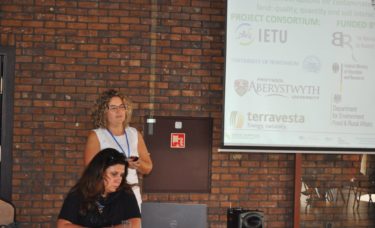
- Conference „Novel and sustainable pathways of biomass production”, Szczecin-Kobylanka Poland 19-20.09.2018 – Marta Pogrzeba, IETU
-
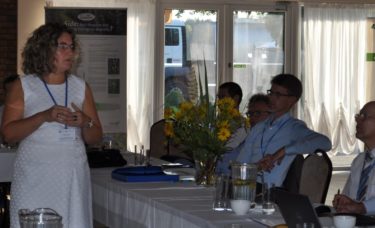
- Conference „Novel and sustainable pathways of biomass production”, Szczecin-Kobylanka Poland 19-20.09.2018 – Marta Pogrzeba, IETU
-
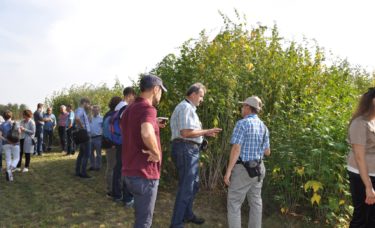
- Conference „Novel and sustainable pathways of biomass production”, Szczecin-Kobylanka Poland 19-20.09.2018 – testing plot in Lipnik
-
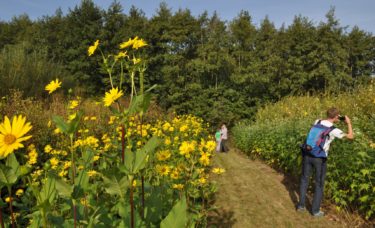
- Conference „Novel and sustainable pathways of biomass production”, Szczecin-Kobylanka Poland 19-20.09.2018 – testing plot in Lipnik
-

- Conference „Novel and sustainable pathways of biomass production”, Szczecin-Kobylanka Poland 19-20.09.2018 – testing plot in Lipnik
-
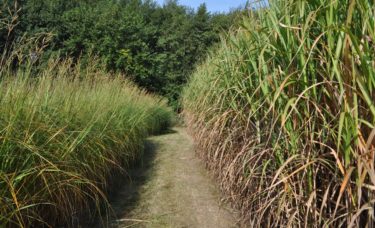
- Conference „Novel and sustainable pathways of biomass production”, Szczecin-Kobylanka Poland 19-20.09.2018 – testing plot in Lipnik
SidaTim project is co-financed by the National Centre for Research and Development under the ERA-NET CO-FUND FACCE SURPLUS Programme, Agreement No. FACCE SURPLUS / I / SidaTim / 03/2016.








